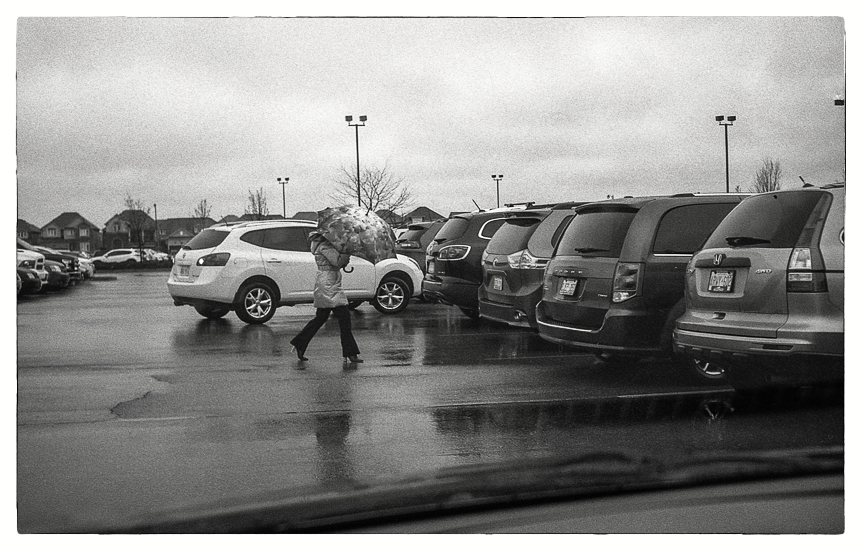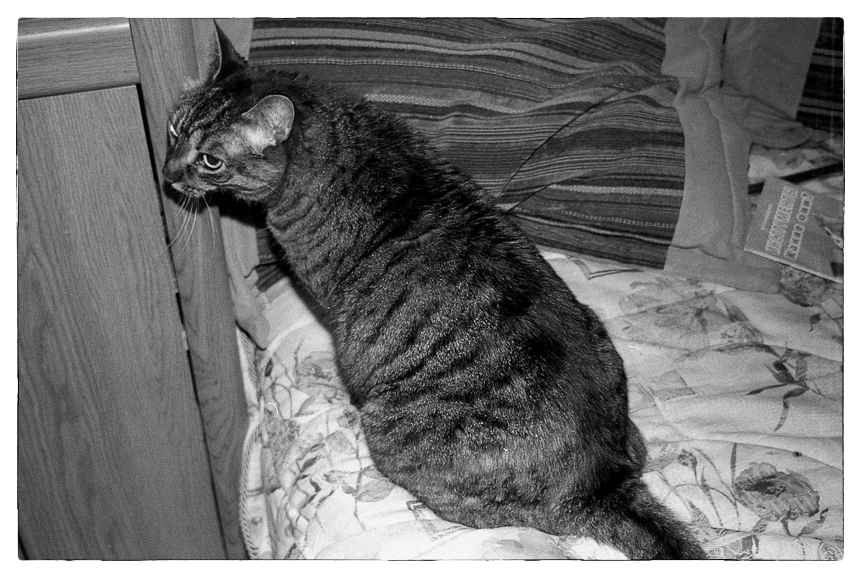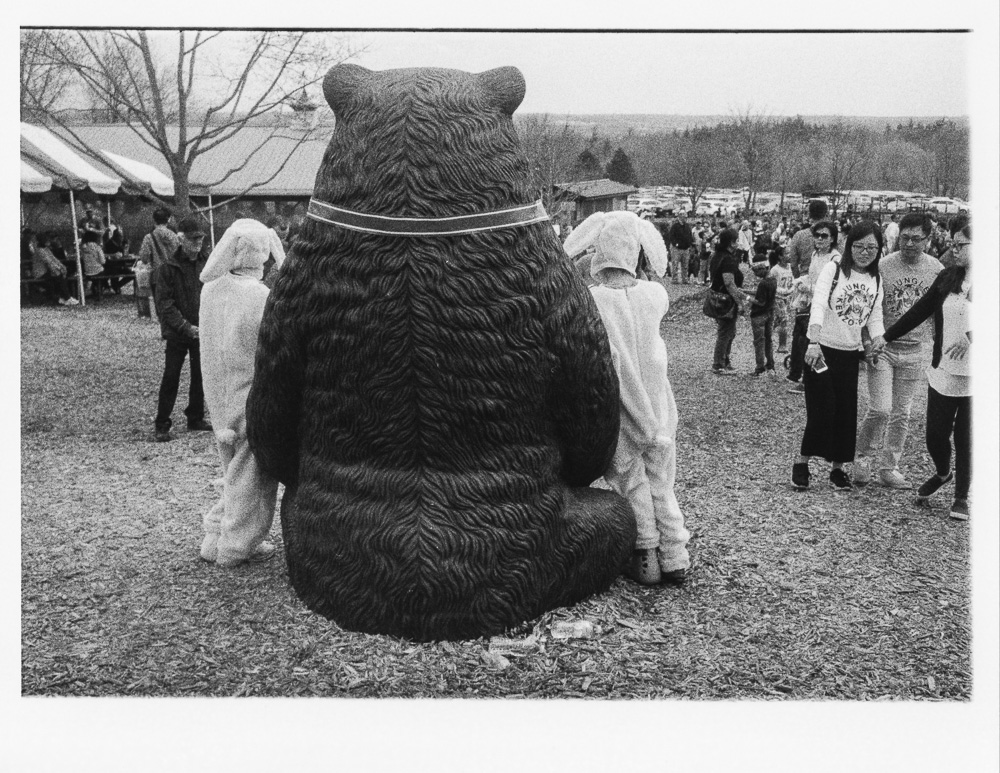FrankS
Registered User
Saying from highschool: I may be cheap, but I'm not easy.
raid said:I think that some of the older Konica cameras come close to Leica quality, like the Konica IIIA or IIIM. Even the II and III have dynamite lenses and solid metal built.
NickTrop said:Yes. Even the Konica Auto S2. Don't own one though I recommended one to a friend who bought it. It's a beauty and they're quite affordable. Although the build quality of the Konica Auto S3 isn't nearly what it was in the early 60's, and it probably was built by Cosina, man does that thing have a lens...
The Trip 35 was a simple "almost P&S" camera. It was designed to be relatively cheap and therefore it could not have expensive parts like a coupled rangefinder. Without a rangefinder you could have scale focus, zone focus or fixed focus. Fixed focus means at best so-so image quality at all ranges except at the one fixed range and is not really at all usable with fast lenses. Scale focusing is even more difficult to use than zone focusing, so Olympus chose the latter.OlyMan said:Ruben, sorry the Trip is not what you expected, but in all fairness to the guys who designed it, I'm pretty sure they didn't have in mind someone using it to photograph the insides of shopping malls. It is a pitty though that they just couldn't have included a coupled rangefinder, for those who wanted the same convenience of a batteryless, take-anywhere camera but with accurate focussing. Perhaps they judged that including an RF on the Trip would affect the sales of the RC.
Dr. Strangelove said:The Trip 35 was a simple "almost P&S" camera. It was designed to be relatively cheap and therefore it could not have expensive parts like a coupled rangefinder. Without a rangefinder you could have scale focus, zone focus or fixed focus. Fixed focus means at best so-so image quality at all ranges except at the one fixed range and is not really at all usable with fast lenses. Scale focusing is even more difficult to use than zone focusing, so Olympus chose the latter.
In fact zone focus was the only sensible choice for an inexpensive P&S cameras with a fast lens before AF became affordable enough....
The Trip 35 has four focus settings or focusing zones, marked with half a person (1 meter), two persons (1.5 meters), three (or group of) persons (3 meters) and mountain (infinity) symbols. In zone focusing you estimate the approximate range of the main subject and set the focus zone accordingly. For people, which are the primary subjects for most P&S users, the symbols give a very good hint of the correct zone. For other subjects you will just have to estimate the range and set the zone accordingly.ruben said:Hi Doc,
I am not knowledgeable of the difference between scale focus and zone focus, and perhaps this may be of some help to ventilate my model. Could you explain the concept using the Trip 35 as example ?
Thanks,
Ruben





